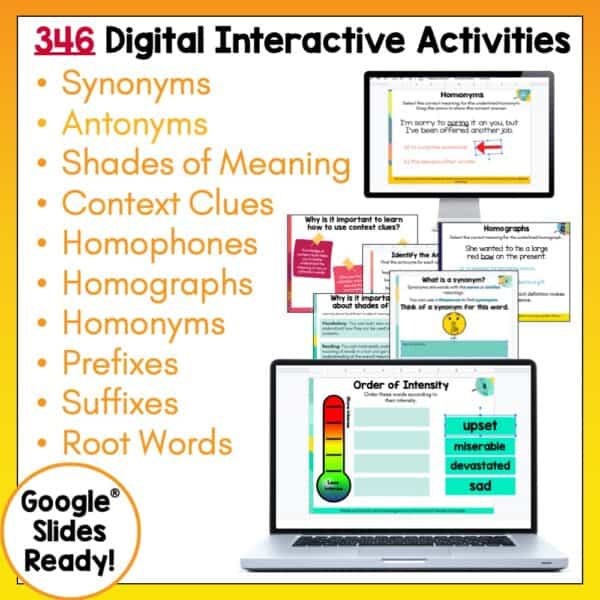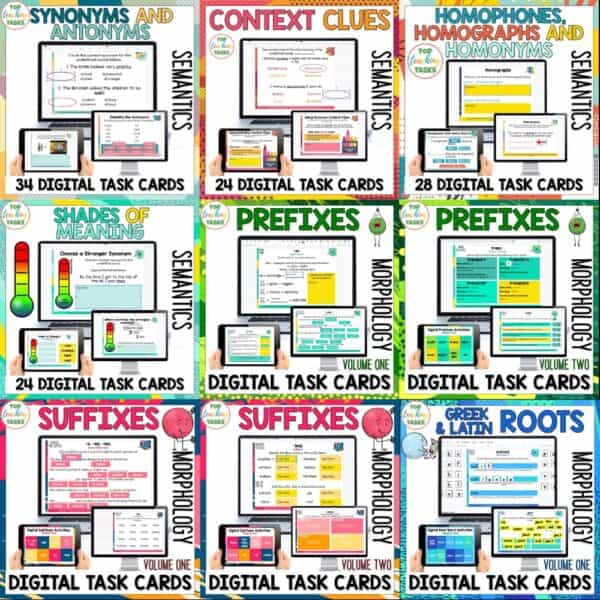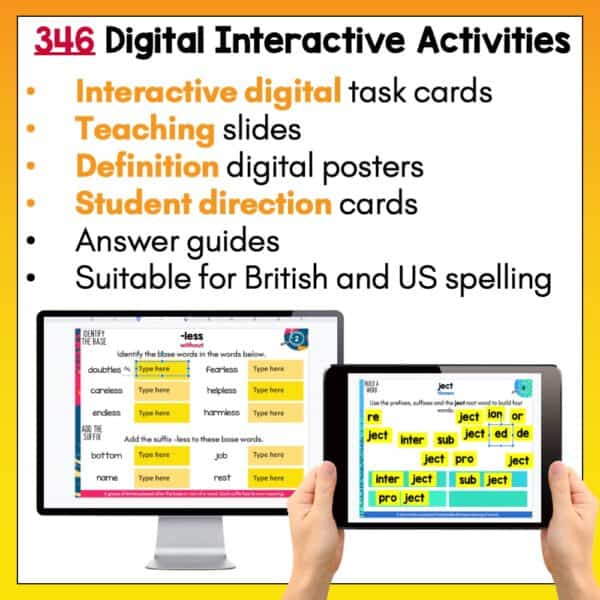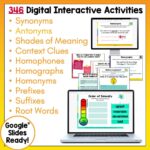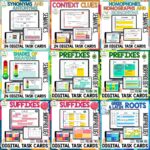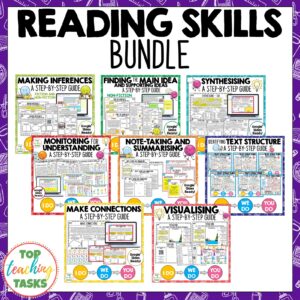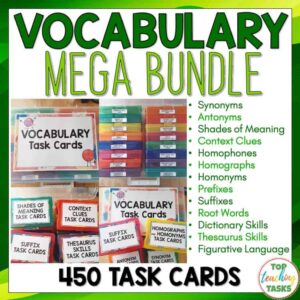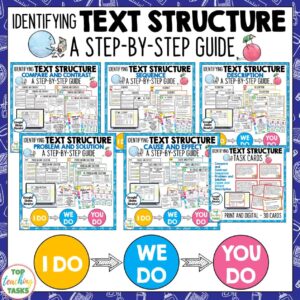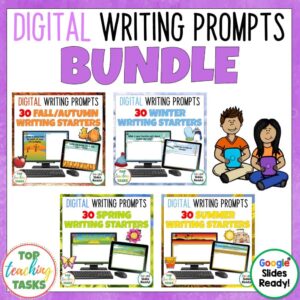Vocabulary Digital Task Cards Mega Bundle – Morphology and Semantics Activities
Original price was: NZ$45.00.NZ$35.00Current price is: NZ$35.00.
Description
Go paperless with our Vocabulary Digital Task Cards Mega Bundle. These Vocabulary Google Slides activities feature 346 interactive slides for students to work through and 60 teaching slides to introduce the concepts.
This vocabulary resource bundle is suitable for Google Drive, Google Classroom, or Microsoft OneDrive (instructions included), and can be used on multiple devices!
This Vocabulary Digital Task Cards Mega Bundle includes the following nine resources:
Why Teach Morphology (Prefixes, Suffixes and Greek and Latin Root Words)
When students gain morphological awareness, they:
-
build word sense.
-
build literacy skills.
-
build knowledge in content.
-
build an understanding of multiple meanings, through the study of word families.
A meta-analysis conducted by Bowers et al (2010) of 22 morphology studies found that morphology instruction benefits learners, especially less proficient readers.
Why Teach Semantics?
The meanings of words and the relationships of words are referred to as semantics. A reader’s breadth and depth of vocabulary contribute to reading achievement.
-
As the primary goals of reading and writing are determining and communicating meaning, it is important for students to understand the meanings of words and how words function in sentences.
-
As the majority of words in English have multiple meanings or shades of meaning, it is necessary for the reader to be flexible in determining the author’s intended meaning of a word within a sentence.
-
Semantics is one of the six evidence-based components of structured literacy.
-
Semantics (language structures) is one of the strands of Scarborough’s Reading Rope, which looks at the elements that make a skilled reader.
Why Go Digital and Paperless?
Many classrooms are now 1:1, BYOD, or improving the access of technological devices to students. This resource uses these devices to engage and enhance learning!
Further benefits include:
-
High student engagement and motivation
-
Access and share learning from anywhere
-
Build a skill base with 21st-century learning tools
-
Save on paper and printing!
-
Accessible on a range of devices including Chromebooks, iPads, tablets and more!




